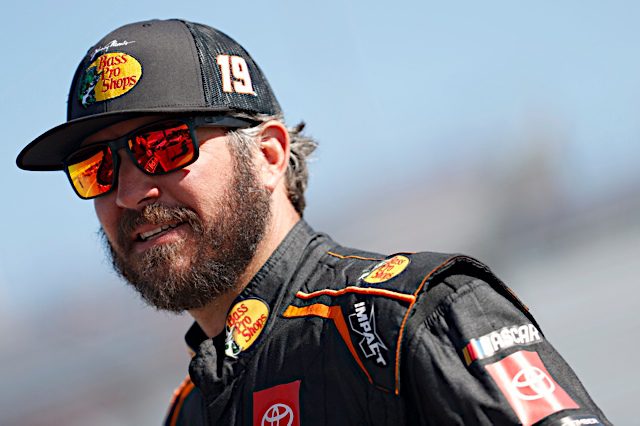After a multitude of tire problems at Texas Motor Speedway in the NASCAR Cup Series, should NASCAR intervene in teams adjusting tire pressures or should it continue to be a self-policing situation?
Anthony Damcott: Generally it should continue to be a self-policing situation, but the race at Texas was the second consecutive race marked with several tire failures and is one of a handful of races that have consisted of multiple tire problems. So at this point, NASCAR needs to step in and intervene. It should have stepped in earlier, considering this is a new car, and things that teams were able to do to Gen 6-and-earlier cars may not work on the Next Gen. But it’s now time to put the foot down and make the teams set tire pressures that won’t cause the tire to fail over a 30-lap stint.
Luken Glover: There are things NASCAR needs to police and vice versa. This is one it should not, as teams have been trying different things. As Rodney Childers pointed out this week, the shock limiter rule can be linked to numerous issues. Because of how downforce sensitive the rears of these cars are due to the diffuser and shock limits, teams can only put so much air in the tires. Lower pressures on a track type like that of Texas asks for trouble. Teams are still figuring out loads at certain tracks, and track temperatures throw even more of an unprecedented factor in there. These cars’ rears have to come down to where downforce is affected positively and there is more freedom with air pressure.
Mike Neff: Goodyear gives the teams all of the information they need to compete with the tires and not have failures. Seven of the 11 tire failures last weekend were on three teams. It was a configuration issue, not a tire issue. Losing races, points and especially racecars is policing enough. NASCAR doesn’t need to step in.
Joy Tomlinson: No, NASCAR shouldn’t intervene in teams adjusting tire pressures. As it is, the Next Gen doesn’t have as many options for crew members to adjust as before (packer shim and track bar adjustments were done on the old car). Also, air pressure wasn’t the only thing that played into the tire issues, though it played a significant part, according to Goodyear’s Greg Stucker. This tire compound was only just used at Kansas Speedway, so it was still fairly new from the rest of the year. Teams and drivers weren’t used to this tire from the other 1.5-mile tracks. Plus, the heat may have played a factor in the tires blowing out. Let…
Click Here to Read the Full Original Article at Frontstretch…

